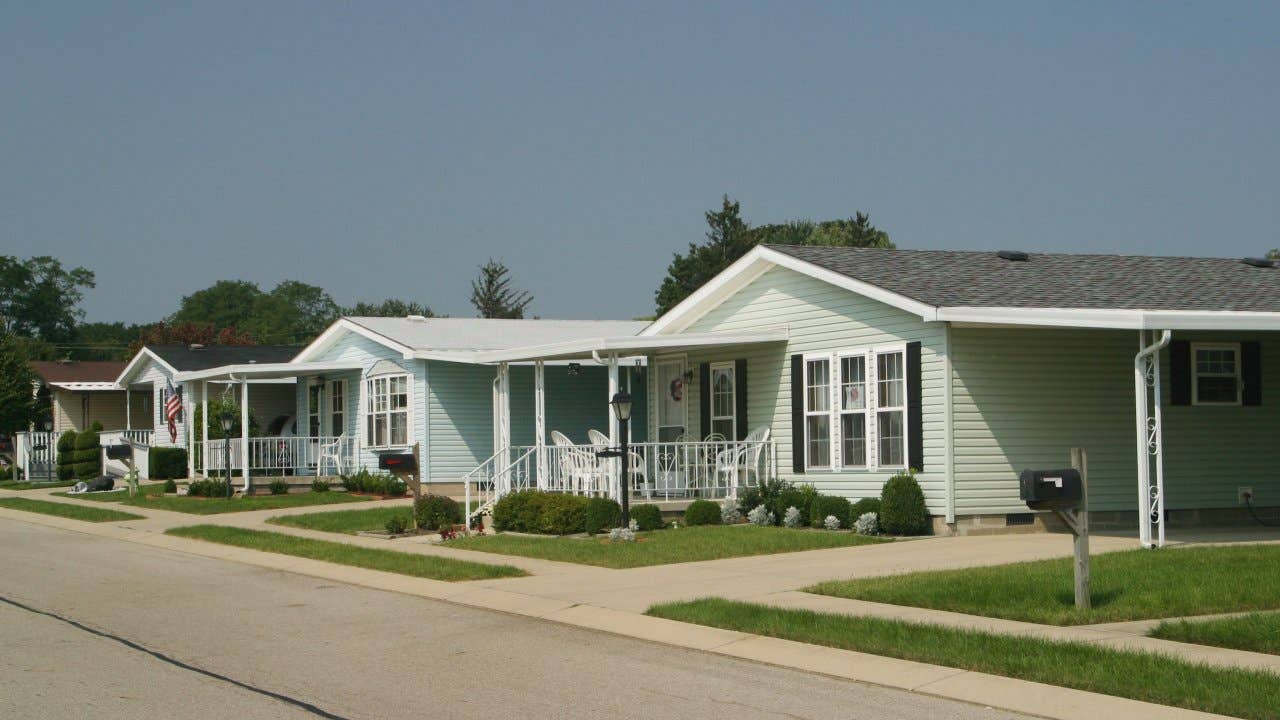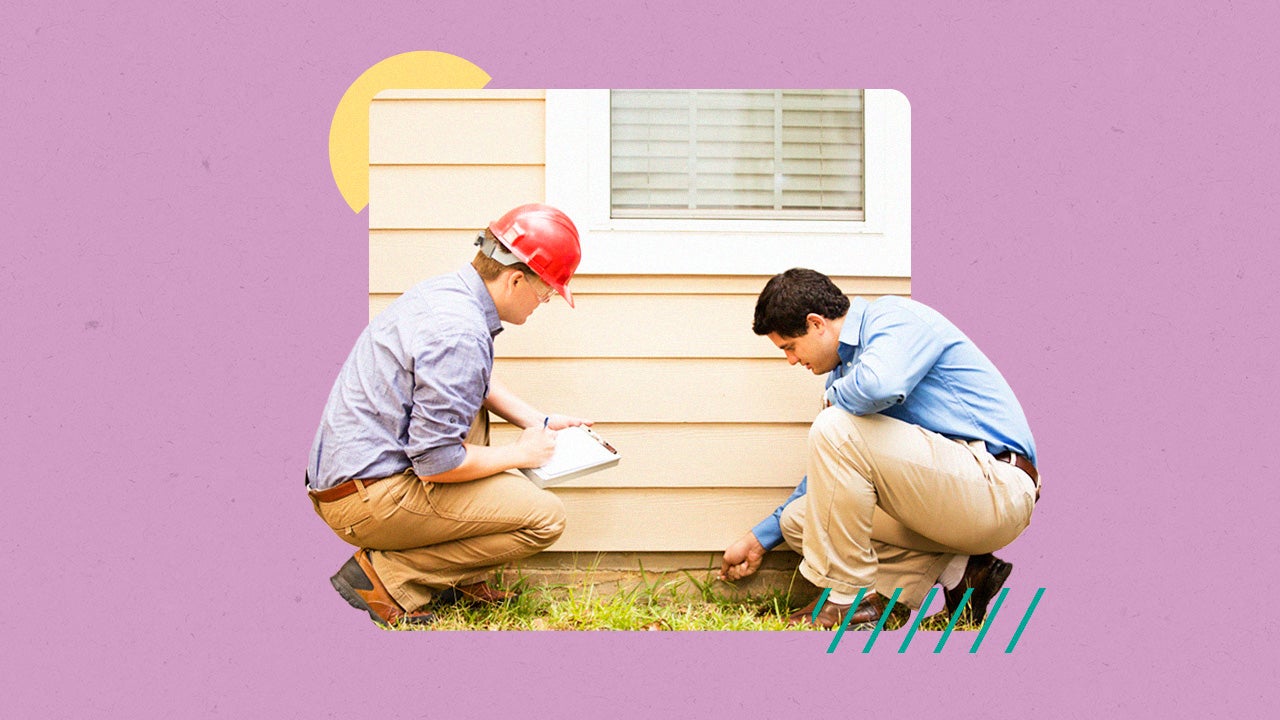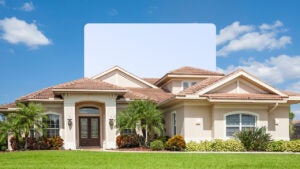What is a prefab home?




Prefab homes — short for “prefabricated” — are constructed away from the home site in a factory, then shipped in sections to the customer’s property for assembly. These homes can often go up much faster than traditional stick-built houses, and at a lower cost. They can be single-family or multi-family and can often be customized to the customer’s specifications, though not to the same extent that a custom-built traditional home might be.
Is a prefab home different from a modular home?
Prefab and modular homes are related but different kinds of housing. In each, there’s some level of construction that takes place offsite, then the sections are trucked to your home site for assembly. In a prefab home, major components — such as already-plumbed wall units for bathrooms or kitchens, for example — are built offsite and assembled later. A modular home, however, is made up of sections that are complete, self-contained units that can be assembled with other units to create an entire home.
Prefab home costs
Prefab can cost less than a custom-built home. According to HomeAdvisor, the average cost to build a traditional single-family home in 2022 is $283,900. The comparable cost to build a prefab home is $240,000.
While hard costs such as construction labor make up a larger portion of the price tag for custom-built houses, prefab generally costs less because it requires less time for the underlying product to be created. Because the components are built in a controlled environment, and subject to inspection and quality control processes, you are likely to get high quality at a lower cost. However, these costs are not guaranteed to be passed along to the buyer.
Keep in mind that you might not receive as many customization options with prefab. Prefab homes are designed to fit the needs of the average person — they’re not based entirely on your individual needs. If you want to customize the home in certain ways, you often can, but you’ll pay more.
Pros and cons of modular construction
This type of construction can provide some homeowners with peace of mind, knowing that their home was designed by professionals and built with specified quality standards, repeated over a vast number of structures.
Pros
- They’re often cheaper. A home with modular components usually costs less than a traditional one, both to build and to purchase.
- They’re easier to maintain. The parts can be more easily — and cheaply — replaced than construction details in a conventional home.
- They’re faster to build and less disruptive to neighbors. Being built in a factory and assembled in place eliminates much of a typical construction site’s noise and mess.
Cons
- They’re not available everywhere. Transporting prefabricated components has historically limited these homes to areas with a high volume of trucking routes.
- They’re not as easy to customize. Some buyers might prefer the ability to highly personalize their home’s design.
- They might not be in the condition you expect. Because it’s largely built offsite, the quality of a home’s construction can be difficult to verify until it’s ready for occupancy. In some cases, a buyer can arrange to inspect modular units at the factory.
How to choose a prefab home company
- First, decide if you want the option to buy a standard home or a fully customizable home. That will guide your choice of prefab company.
- Search for a company that has experience in your area and homes in place that you can view.
- Look for a company that offers design services and uses quality building materials and finishes.
- Carefully consider the warranties the company offers, how long it will take to get your home onsite, how much it will cost and how to finance the build.
- Modular homes must pass code inspections — usually the builder has an arrangement for the inspections to be done at the factory. Make sure your builder has a pre-arranged inspection protocol with the building department.
Bottom line
A prefab home is typically built just as well or better than a stick-built home. It can go up faster and cost less to build, too. But customization can be limited, and prefabs are not available in all areas of the country and for all types of housing.




